About the Guest Blogger
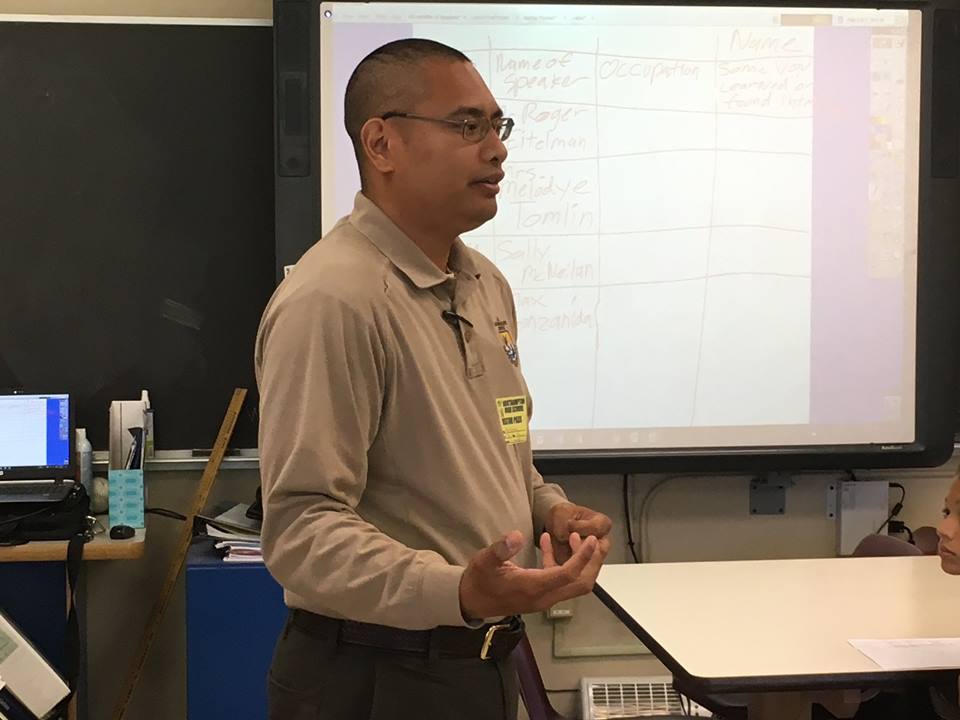
Ghost Ships of Kiptopeke
Visitors to Kiptopeke State Park’s beach and fishing pier will notice a strange presence looming in the distance: Nine concrete ships sunk just a stone’s throw from the beach. These ships are not some catastrophic shipwreck. They were placed there intentionally to form a breakwater to protect the ferry dock that once launched ships carrying passengers from Kiptopeke across the Chesapeake Bay to Virginia Beach and Norfolk.
The ferry dock is long gone and now the ships serve as a hot spot for birds, kayakers and anglers. Warm weather brings in scores of brown pelicans, nesting pairs of Osprey, Cormorants and a plethora of gulls that jockey for space on the decks of the nine concrete ships.
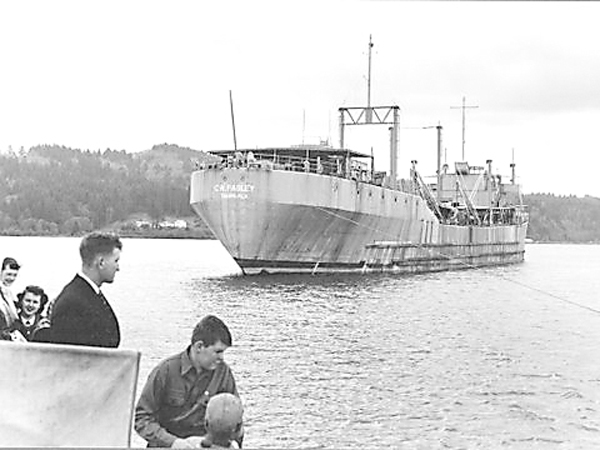
Below the surface, cracks in the ships provide protected habitats for fish and ample opportunities for recreational fisherman to try their luck at flounder, bluefish, rockfish and oyster toads. But, for the average visitor, just looking at the ships provides a glimpse into history.
With the naked eye, visitors can spot grass sprouting up on the decks of the ship. Since there are no windows or doors in the wheelhouses, visitors can peer into them with binoculars from the nearby fishing pier and even spot a glimpse of metal fittings that were long pried free.
The Origin Story
During the height of WWII, the US Maritime Commission awarded Matthew H. McClosky, Jr., a Pennsylvania businessman, an initial $7 million contract for development, and later a $30 million contract for the construction of these ships. Before the war’s end, 24 would be built.
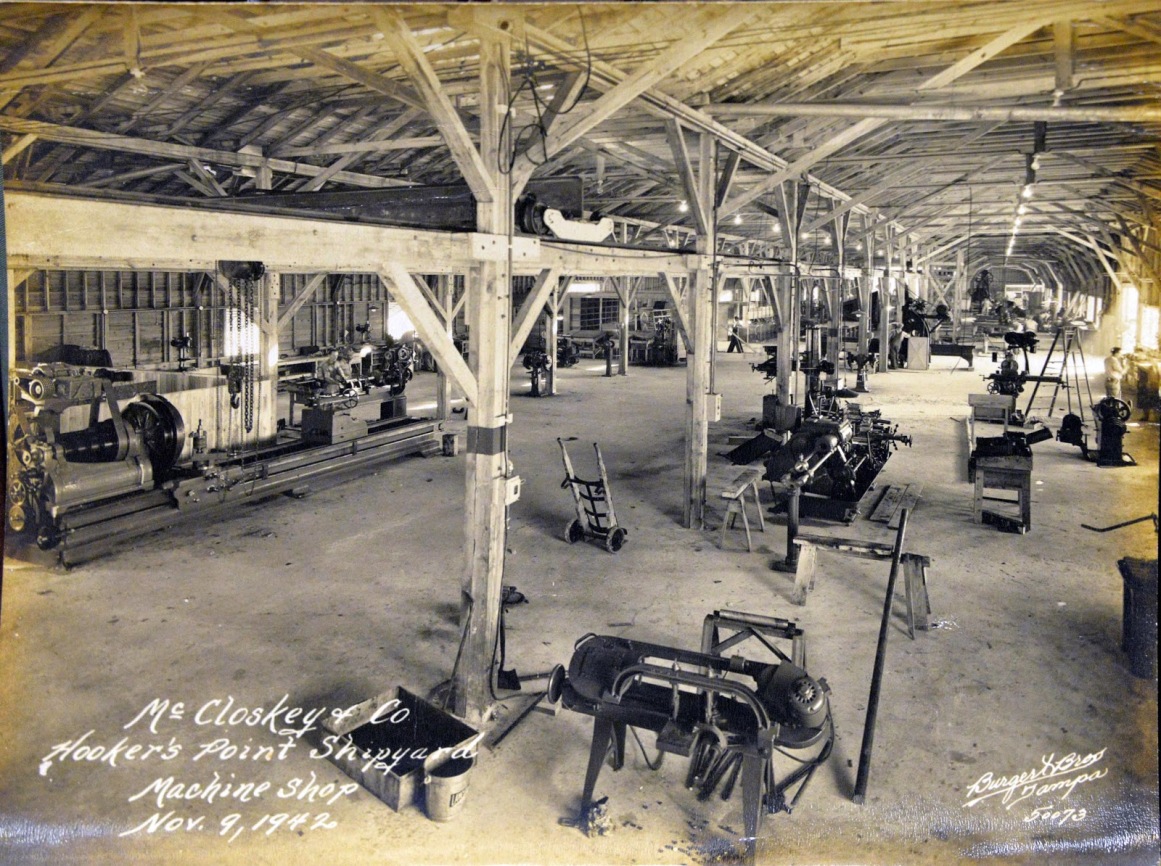
His company, McClosky & Company, opened up a shipyard in Tampa, Florida where the temperate climate was just right for building ships out of concrete. Wartime shortages of steel required the ships to be constructed using ferrocement, which used layers of wire and rebar mesh in the concrete for cohesion. This prevented cracks from forming and allowed for the ships to be built in record time.
An average of one concrete ship per month emerged from McClosky’s shipyard to join the wartime effort. The C1-S-D1 class of ships were 366 feet long, had a beam of 54 feet, and produced 1,300 horsepower via a steam engine with one screw. Their top speed of seven knots was dismal, and not fast enough to outrun a submarine.
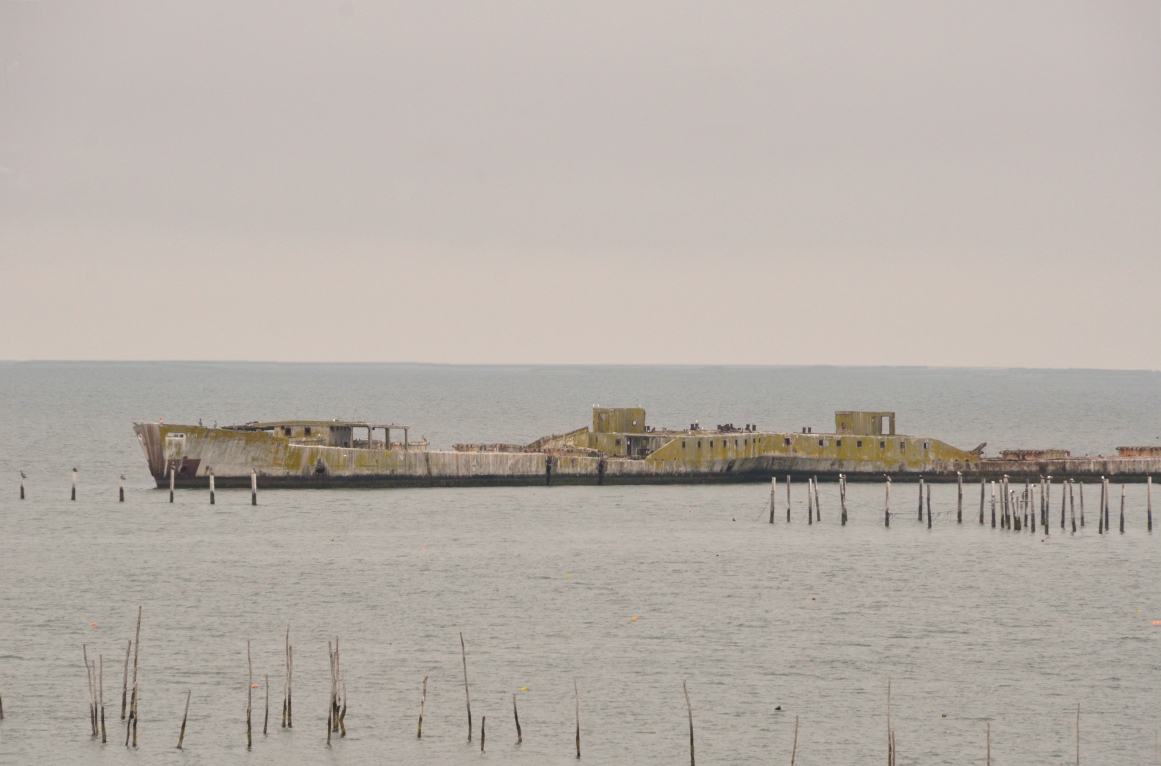
Service on board the ships was not glamorous for the 48 crew members. The ships saw active service in the South Pacific; two participated in the allied invasion of Normandy. One ship served as a training ship on the West Coast; another collided with a concrete steamer and was laid up in Bermuda for repairs. After the war, they were placed in surplus.
Coming to Kiptopeke
In 1949, nine of the ships were towed from berths in Norfolk and Texas and sunk to create the breakwater to protect the ferry dock at Kiptopeke. The name Kiptopeke, according to Author Sharon Ewing, translates from Native American as big water; hence the need for a breakwater. Ewing noted that the opening of the terminal shortened the ferry crossing from Virginia Beach and Norfolk to a little over an hour. The ferries operated until the opening of the Chesapeake Bay Bridge-Tunnel in 1964.
The ships remained intact, and many of the furnishings and fittings from them ended up in local homes. An adventurous ferry director even used the ships to serve drinks and host poker games, and some locals even ventured through the fully furnished cabins.
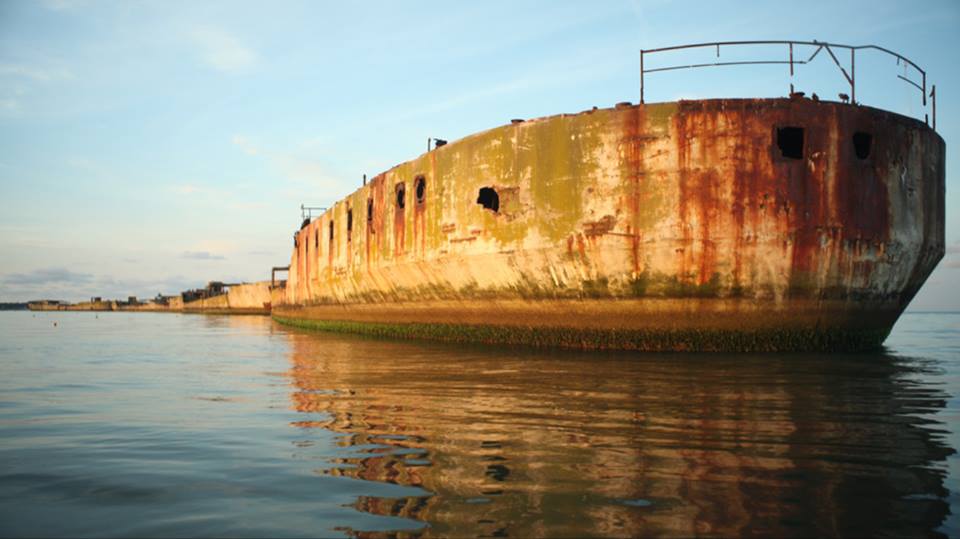
Today, the ships that once transported stores during wartime sit just offshore. Their metal fittings and glass windows have long been removed. The surges of many a storm have cracked the decks, and have even exposed rebar rods in some of the ships. Moss grows on the bulkheads of the ships, and a plethora of barnacles and oysters are attached to the hulls, making them an ideal habitat for marine life of all sizes.
There are signs on all of the ships warning kayakers and recreational boaters to maintain a safe distance of 50 feet, and to discourage curiosity seekers from mooring directly to the ships; rightfully so since the decks and compartments above water are full of cracks.
For now, the ships lie silent in the water, waiting for park rangers to point out the curious concrete breakwaters that once sailed the South Pacific and are now a birder’s delight.



Comments are closed.